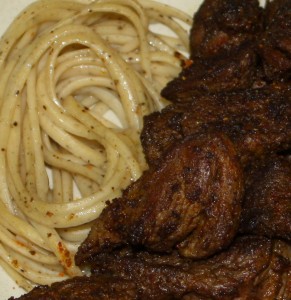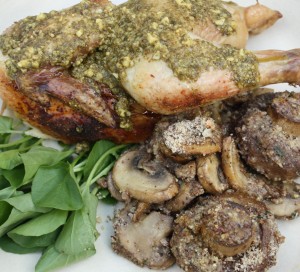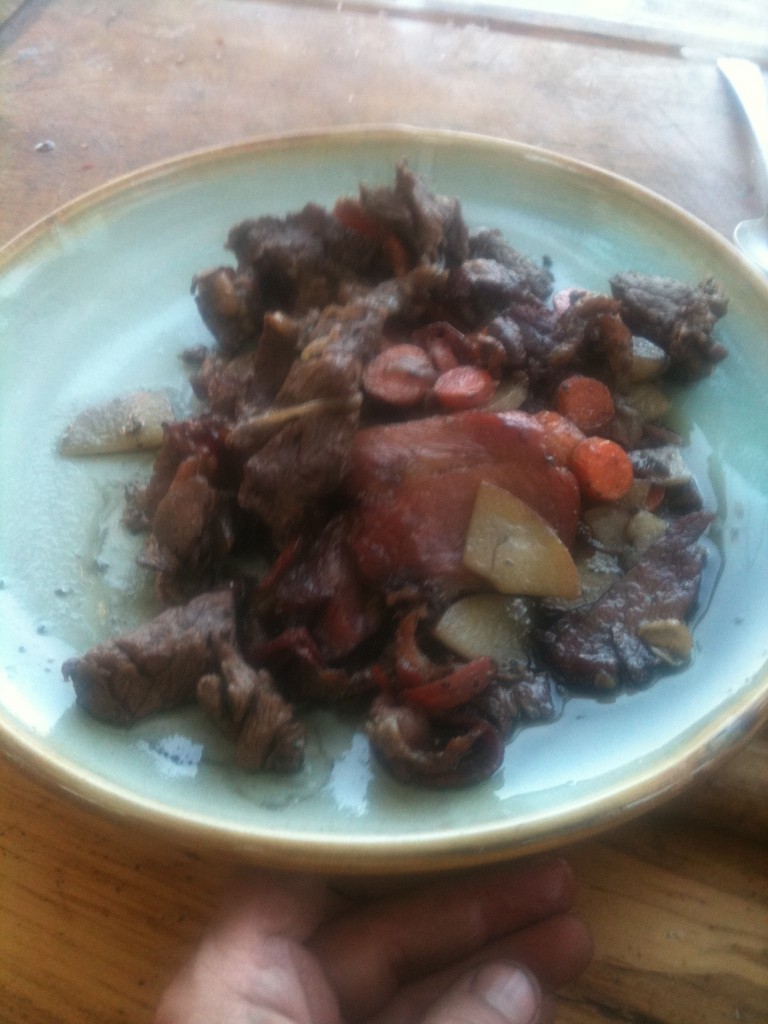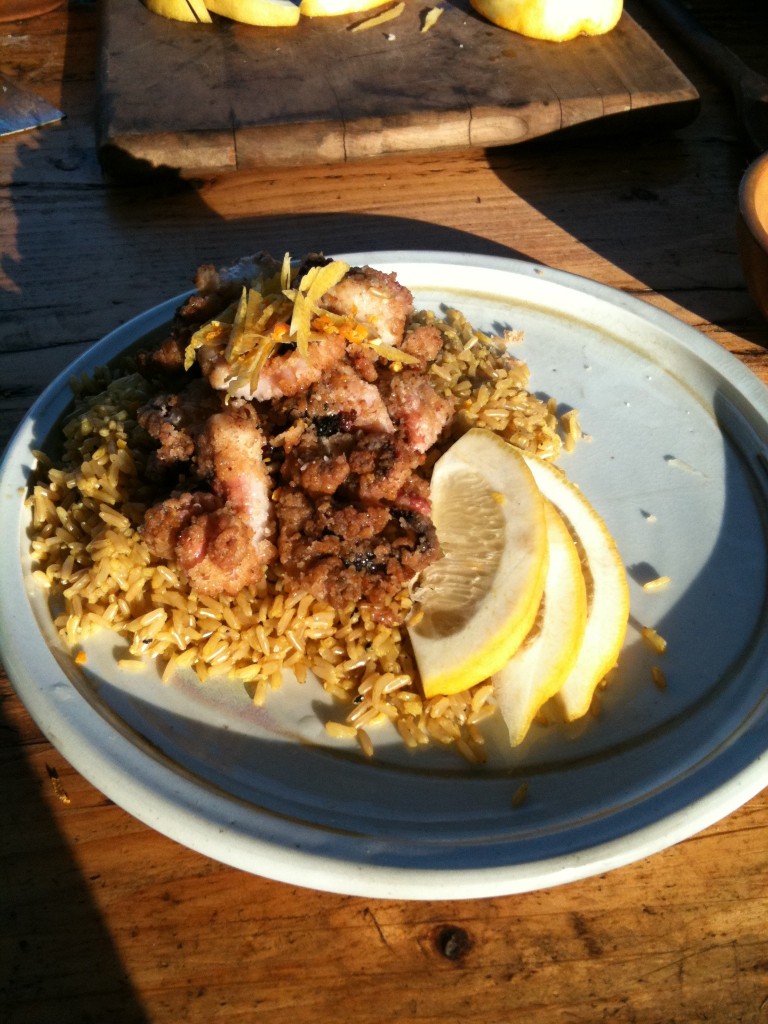Growing up and attending modern schools, I heard the story about how Marco Polo brought pasta to Europe from the Far East. In fact, pasta was already established in southern Europe by the time Marco Polo began his journey along the Silk Road.
What I later learned was that products similar to pasta existed during the 1st century AD (the Etrusco Roman era). Made from durum wheat and water, “lagane” was very similar to modern lasagna. However, instead of being boiled, it was cooked in an oven along with chickpeas and spices.
Conquered cultures have often adopted languages, foods, sciences, and arts from invading cultures. The Arab invasions of the 8th century were no exception and impacted much of the culinary cuisines along the Mediterranean Sea and this includes what we now know as pasta.
Modern pasta is usually served with a sauce that is tomato-, vegetable-, seafood-, meat- or cream-based. But that was not so in the early versions of pasta. The Arab version of pasta contained cinnamon, clove, dried fruit like figs and raisins and it tasted both semi-sweet and semi-spicy. As time went on, invaded cultures began changing this recipe to fit their own ideals and tastes. The exotic spices were removed as people began adding their own items to the dish – vegetables, calamari (squid), fish, pork, and chicken. Sauces were developed when cooking the aforementioned items in olive oil or butter, with wine and, once reduced (cooked-down), they were added to the pasta.




